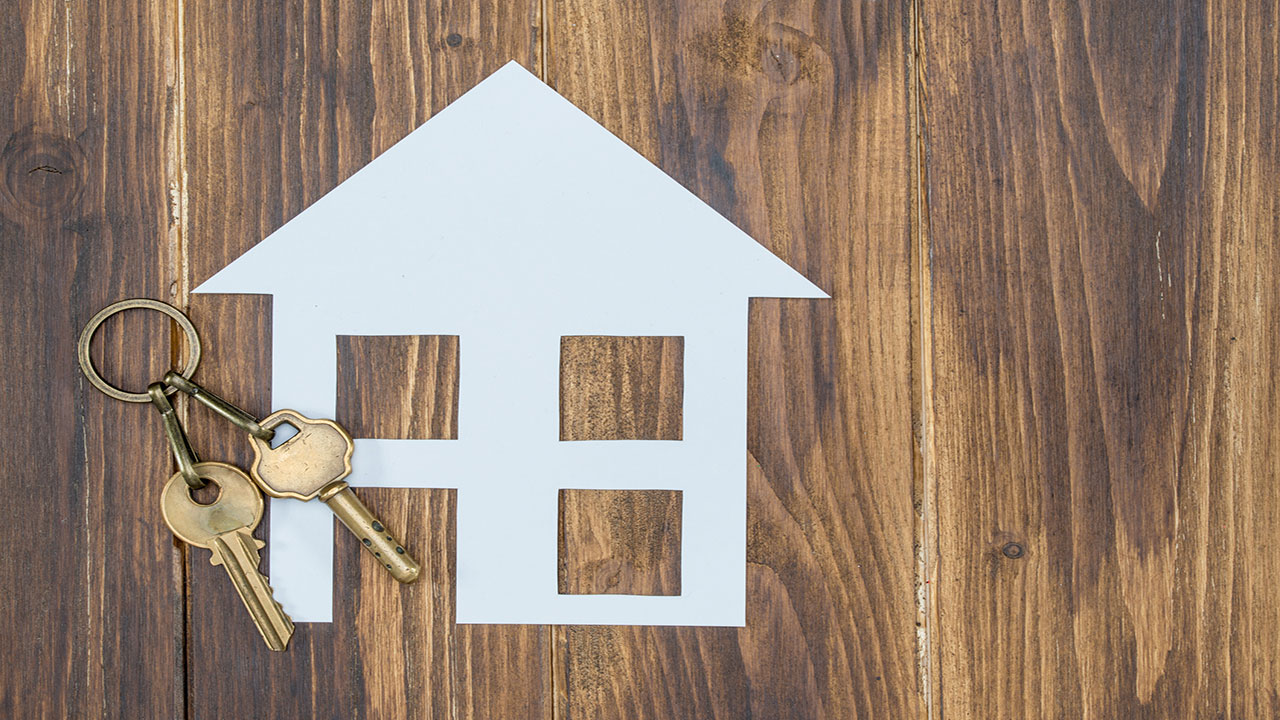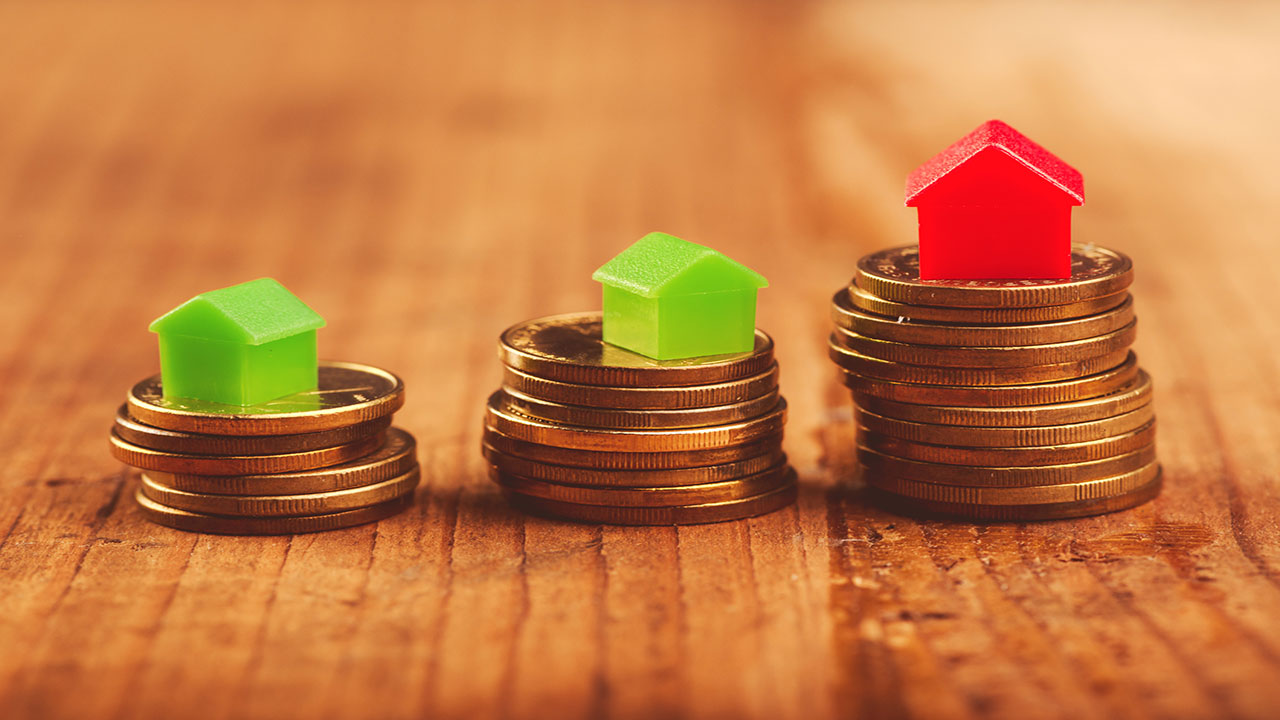Homebuyers: How to Tell if You’re Getting a Good Deal

Buyers are always looking for the best deal on a home. After all, why pay more for a home than necessary? When it comes to a major purchase like real estate, the prospect of getting a deal becomes much more attractive. You’re talking hundreds of thousands of dollars, so the more you can shave off the listing price, the better, obviously.
But how can you identify whether or not you’re really getting a good deal on a home, especially if you’re in the middle of a volatile market and prices are changing from one week to the next? Here are some ways to tell.
The “Comps” Show Higher Prices Than the Home You Plan to Buy

The only way you’ll even begin to tell whether or not you’re getting a handsome deal on a home is to check out the neighborhood “comps,” or comparables. The price you’re willing to pay for a home really means nothing unless it’s being assessed in its proper context and the current market.
As such, it’s imperative that a list of similar homes in the area that have sold over the past couple of months is pulled and assessed to see what type of selling price is considered average.
While you could always see what the current listings in the area are listed at, looking at sold properties paints a more accurate picture of what homes are actually selling for and what the subject property is actually worth. Just because a home that’s currently on the market has a specific listing price doesn’t mean the seller is going to get what they’re asking for.
Instead, sold properties will tell you what qualified buyers in the area are willing to pay for homes like the one you’re looking at. Knowing this valuable information will the tell you whether or not what you agreed to pay is a good deal.
Your real estate agent will prove to be an invaluable asset in this circumstance. These professionals will be able to prepare what’s known as a “Comparative Market Analysis” (CMA) on the property you’re buying, which examines the prices of similar properties in the neighborhood that have recently sold. Agents typically perform a CMA for their clients to help them come up with an appropriate price to offer when purchasing a home.
The comps can help you determine whether or not you’re getting a good deal on a home if you’re paying near or under the sales prices that are listed on the CMA report.
The Sale-to-List Ratio is High Compared to the Average in the Area

A great way to spot a good deal is to compare the actual sale price to the list price. Also known as a “sale-to-price” ratio, this number will tell you how much of a deal you’re actually getting relative to the original list price.
This number is calculated by dividing the final purchase price by the last list price. The answer you get is expressed as a percentage. In hot seller’s markets, this number is usually under 1, which means properties are selling at or over their listing prices. On the other hand, sale-to-list ratios that are more than 1 mean that properties are selling under their listing price. The higher the number, the more of a discount you’re getting compared to the last list price.
For example, if the final purchase price on the home you’ve agreed to buy is $400,000 and the list price was $450,000, the sale-to-list ratio will work out to be 1.125. If the average sale-to-list ratio in your area is currently 1, for instance, you can safely say you’re getting a decent price on the home.
The Seller’s Incentives Add Plenty of Extra Value

The final purchase price you end up with isn’t the only way to measure a good deal on a home. You’ll also want to account for any incentives that the seller throws in to sweeten the deal. These can include things such as a quick closing, cash back to cover repairs, paying for closing costs, paying the first six months of HOA fees, including the appliances and furniture, and so forth. The more added items thrown into the deal, the better it is.
The Price Falls Well Under Your Budget

At the end of the day, what matters the most is whether or not you can comfortably afford the home you’re buying. If you’re going to be maxing out your debt in order to buy the home with little money left to cover all of life’s other expenses and leisurely items, you’ll be classified as “house poor.”
You might be able to whittle down the price of the home with the seller as far down as you can, but if your budget still falls short of the final sale price, it’s really not a deal at all to you.
It’s not uncommon for buyers to have the best of intentions to stay under a maximum price point and end up inching their way up and settling on a price that’s still more than they can comfortably afford. The best way to avoid this hairy situation is to have a full understanding of the highest price your current finances can handle before you start house hunting.
You’ll also want to speak with your mortgage specialist to verify what kind of down payment, mortgage payments, and closing costs would be associated with a certain purchase price before submitting an offer.
The Bottom Line
It’s tough to pass up a good deal, especially when it means thousands of dollars in savings off the purchase price of a home. But are you really getting a good deal?
The best ways to know for sure are scoping out the comps in the area, calculating and comparing your sale-to-list ratio to the average in the neighborhood, and determining whether or not your budget more than covers the final price. As always, discuss your purchasing decisions with your real estate agent who will be able to give the final say on whether or not you’re walking away with a good deal.




